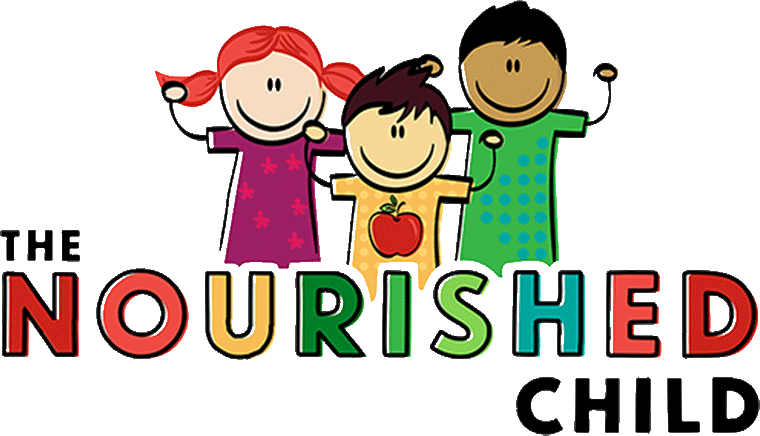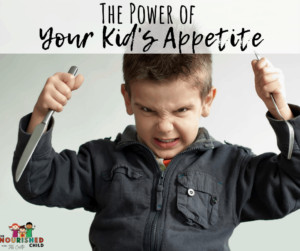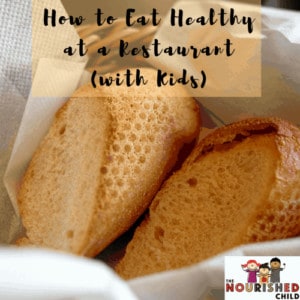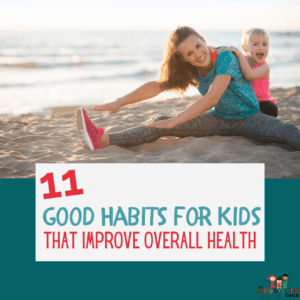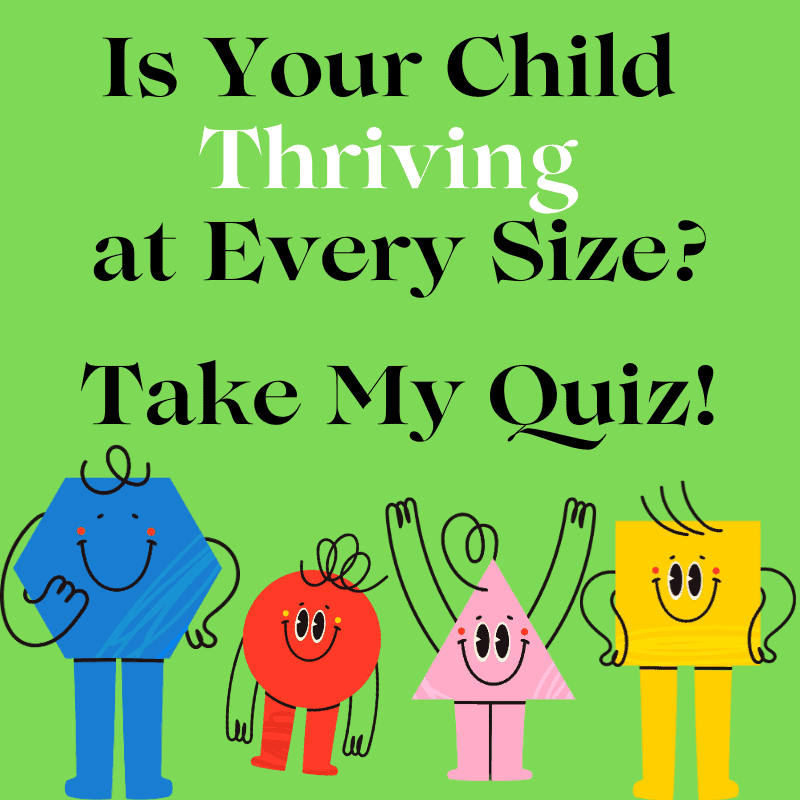My Child Refuses to Eat Anything But Junk Food
November 26, 2021
I hear this complaint all the time! Don’t worry – if your child refuses to eat anything but junk food, it’s not too late to establish healthy eating habits.
Approximately 93% of children eat packaged food, according to a survey of 13,274 children between the ages of 9–14 years.
That makes junk food a major player in a child’s overall energy intake. Unfortunately, while children get plenty of calories from high-fat and sugary foods and drinks, often it’s more calories than a child needs.
And, when a child fills his tummy with ultra-processed food, he may miss out on the vitamins and minerals from the important 5 food groups: fruits, vegetables, grains, protein foods, and dairy.
You want your child to make better choices, so how do you help your child navigate a food environment overflowing with ultra-processed food?
Learn some tips to encourage better food choices if your child is refusing to eat anything that doesn’t come out of a package. I’ll show you how!
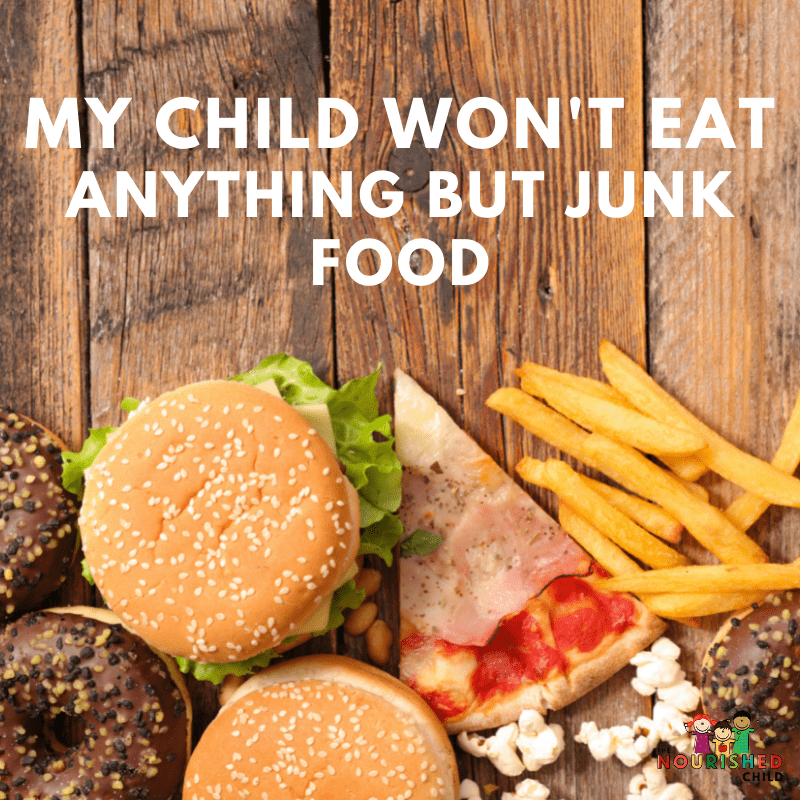
Why Is Junk Food on the Rise?
You put a fruit bowl on the table, pack a school snack with a cheese stick and fruit that comes back home every day, and your child still wants less-than-healthy snacks.
What’s going on?
It all comes down to availability, convenience and the taste of ultra-processed packaged foods.
Taste
Salty, sugary, and fatty foods appeal to your child’s taste buds and, yes, these foods can be pleasurable to eat.
Taste buds develop as children grow. Young kids tend to reject the strong, pungent and sometimes bitter flavor of vegetables, especially if they were not exposed to a variety of flavors as an infant.
And the taste of ultra-processed foods is consistent.
There are no surprises for picky eaters who do not like to find surprises on the plate!
An apple can look and taste different every time you offer it to your child, depending on the apple and how fresh it is. In comparison, packaged foods taste the same every time your child digs in.
Convenience
Are you short on time with planning your family’s on-the-go snacks during the busy workweek?
Shelf stable bags and packages can go anywhere you go. It’s all too easy to fall into the convenience trap and rely on packaged foods to keep your child’s hunger pangs at bay until dinner when you’re running around to after-school activities.
Availability
Between permissive grandparents taking the kids out for ice cream or for fast food dinners, vending machines at school and junk food at a friend’s house, it’s no wonder you feel you’re fighting a losing battle.
It’s not your imagination. Junk food is everywhere! For more information about this, read Facts About Ultra-Processed Food You Should Know.
How to Get Your Kids to Eat Healthy?
Getting kids to snack on fruits, vegetables and whole foods like low-fat dairy can feel like an uphill battle.
But you have more power over creating a positive food environment for your kiddos than you might feel. Parents are one of the biggest influences in a child’s life. And what kids eat and how much physical activity they get are big factors in creating a healthy environment for them.
Here are some easy tips:
Set guidelines
Discuss the family rules for snacking between meals. Keep healthy, filling snacks available in the house so your kids and their friends have plenty of healthy options to choose from when they raid the pantry and refrigerator.
The key is to set gentle guidelines without being controlling. One study found that kids snacked more when food was restricted and they had access to snacks at home.
Be Conscious About When
Junk food shouldn’t be labeled “bad” and banned from the house. That only makes junk food even more appealing to kids!
The most effective way to help your little ones make good food choices at home is to consciously choose when to serve up these convenience items and work them into your overall meal plan.
Create an eating schedule for kids
Kids do well with routines and schedules. A meal schedule provides guidance for the family, so everyone shows up to family meals hungry and ready to engage with others at the table.
Meal schedules and planned snacks keep blood sugar stable and keep kids from getting too hungry. And that means preventing a hangry kid from looking for food an hour before dinner.
Don’t fill up on drinks
Juices, sports drinks, and soda are sometimes the forgotten junk foods, but these sugar laden beverages count!
Encourage water between meals and keep a lookout for the added sugar in foods and drinks.
Be a role model
A positive food environment starts with a role model. Kids know when parents hide chips in the top cabinet or when there’s ice cream in the freezer for the grown-ups. One study showed that parent’s behaviors had the biggest influence on a child’s eating habits.

Send Me The Do’s & Dont’s of Picky Eating!
Final Thoughts when a Child Refuses to Eat Anything
If your child refuses to eat anything but junk food, it’s not too late to turn it around. Create a positive food environment with a variety of healthy foods available that are not called “good” or “bad” and make ultra-processed foods a once in a while occurrence.
Modeling better food choices, providing some structure with a meal schedule and limiting the availability of junk food around the house may be some of the most effective tools a parent has in raising a healthy eater.
Are you looking for more help on how to raise good eaters? Join The Nourished Child Blueprint, a full program for parents focused on kids aged 3-18 years.
